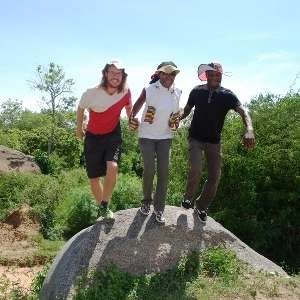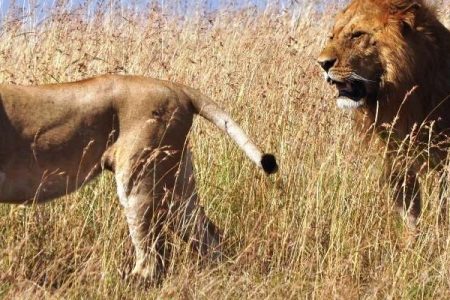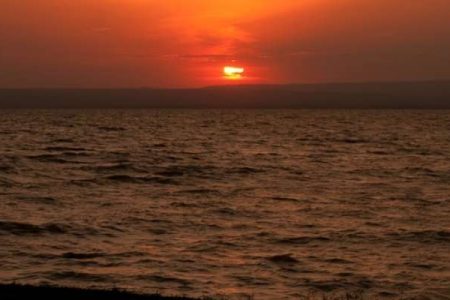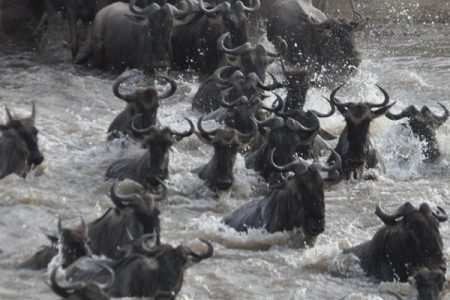Warm and ever-smiling tribes, tantalizing sunups and mind-blowing sundowns, charming cultural experiences, vibrancy in landscapes, unusual and rare wildlife, fantastic inland beaches one extensive the lakeshores and Kenya’s only rainforests is the best definition to the fascinating Western Kenya Tourist Circuit.
The slow-paced way of life, swaying trees in the virgin forests, the breezy winds, cheeping of birds winding on the landscapes down to the waves of splashing, calm waters on the lakeshores is indeed the gem of Western Kenya.
But there’s much more to western Kenya than these plains of herbivores and carnivores. The dense forests of Kakamega are buzzing with weird and wonderful creatures, the rain-soaked hills of Kericho and their verdant tea gardens bring new meaning to the word ‘green’, and amid the boat-speckled waters of Lake Victoria lies a smattering of seldom-visited islands crying out for exploration.
Western Kenya is an area of great geographic, cultural and natural diversity, offering tourists just as much, if not more, than many of Kenya’s better known tourist areas.
Most travelers dream of finding a new and unknown destination, somewhere far from the beaten tourist path, where the thrill of real discovery and exploration reward the visitor with new and unexpected experiences, sights and sounds. Kenya’s western region offers the above mentioned, and much more.
Comprising 11 counties, namely Kisumu, Siaya, Homabay, Migori, Kisii, Nyamira, Kakamega, Vihiga, Bungoma, Busia and Trans-Nzoia western Kenya has so much more on to see and do. The region’s flourishing physical features range from lakes, forested areas, mountains, hills, waterfalls and a chain of rivers. From Kenya’s second highest peak of Mount Elgon to the lowland basin of Lake Victoria. The main occupation agriculture and this is interspersed with various tourist attractions. The climate is hot and tropical humid with abundance of sunlight and availability of rainfall throughout the year. Kenya’s Western Tourist Circuit is among the most accessible with an international airport, airstrips and good roads that link the region not only with rest of the country but also with Tanzania, Rwanda and Uganda.
For many would be travelers, the precious reason to visit western Kenya is summed up in two very popular words: Masai Mara. Without any arguments, few places on earth support such high concentrations of wildlife, and the Mara’s wildebeest-dotted savannahs, where drama unfolds on a daily basis both on the ground and in air, are undeniably the region’s magnetic attraction. While in Kenya, don’t miss to explore western Kenya tourist attractions with Oluokos Signature.



